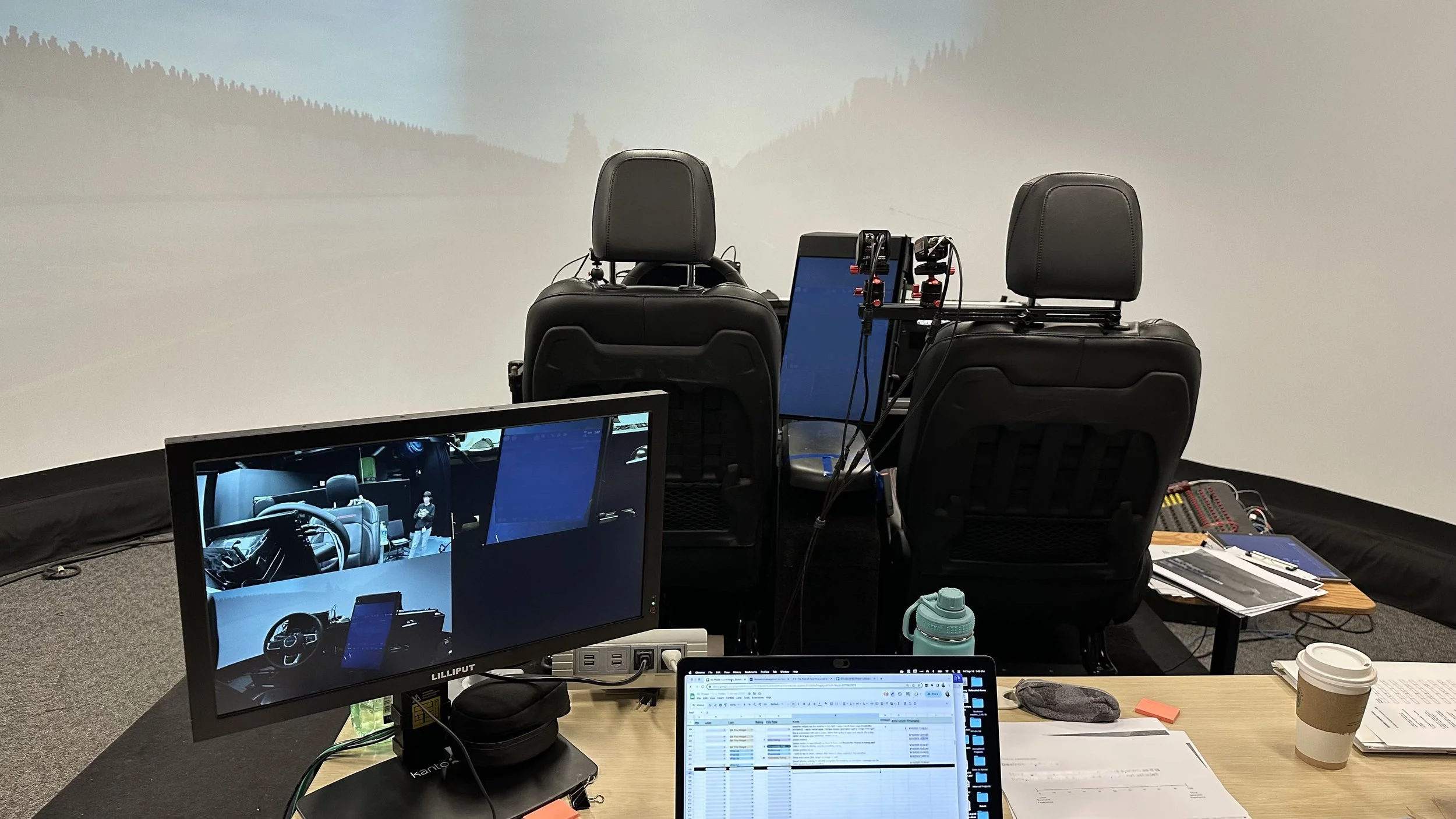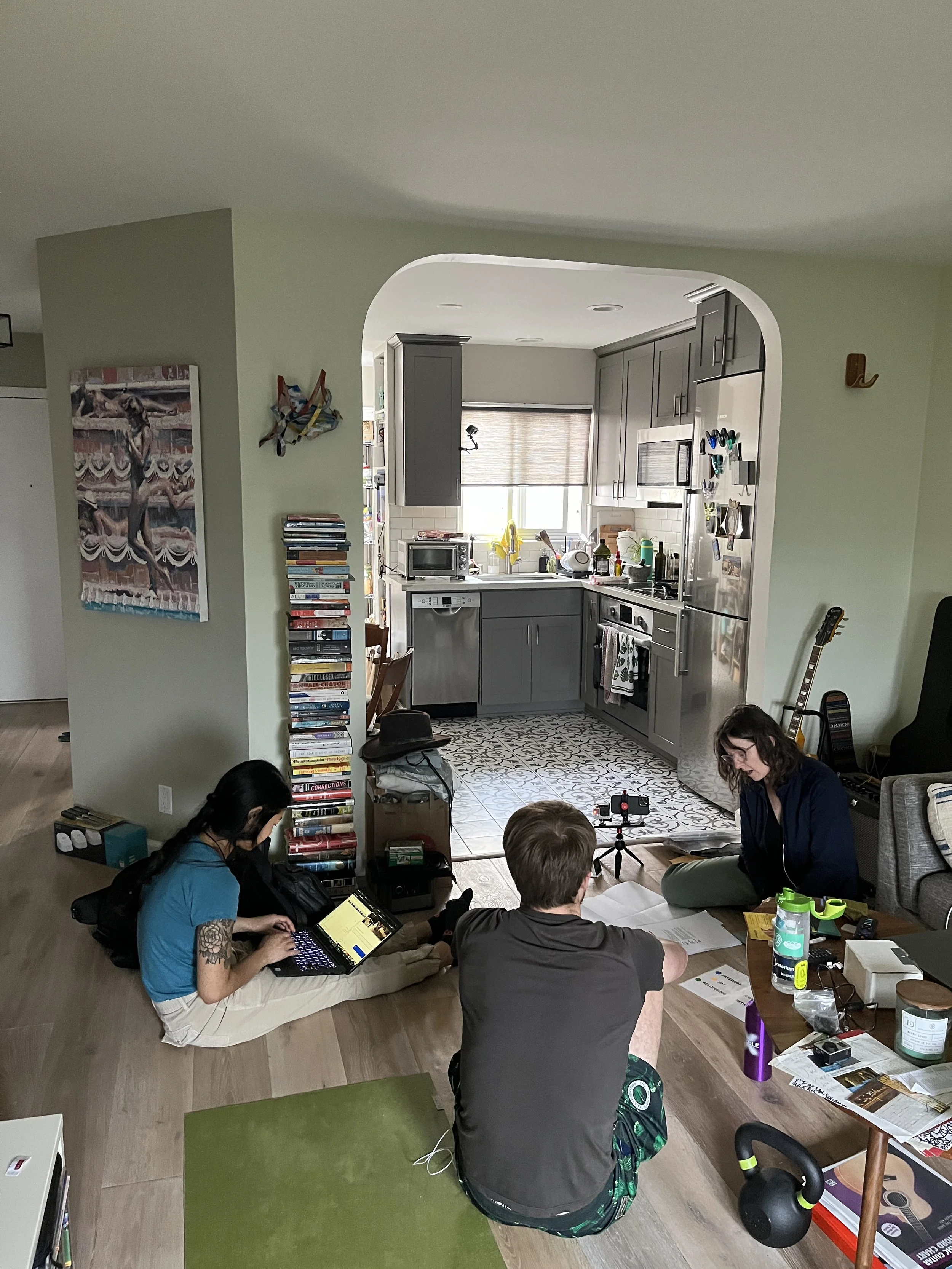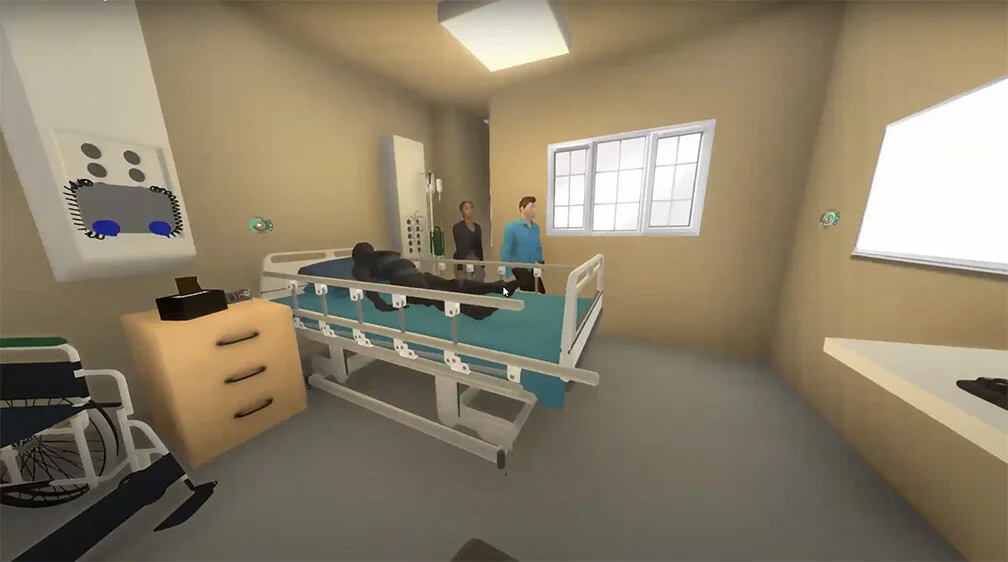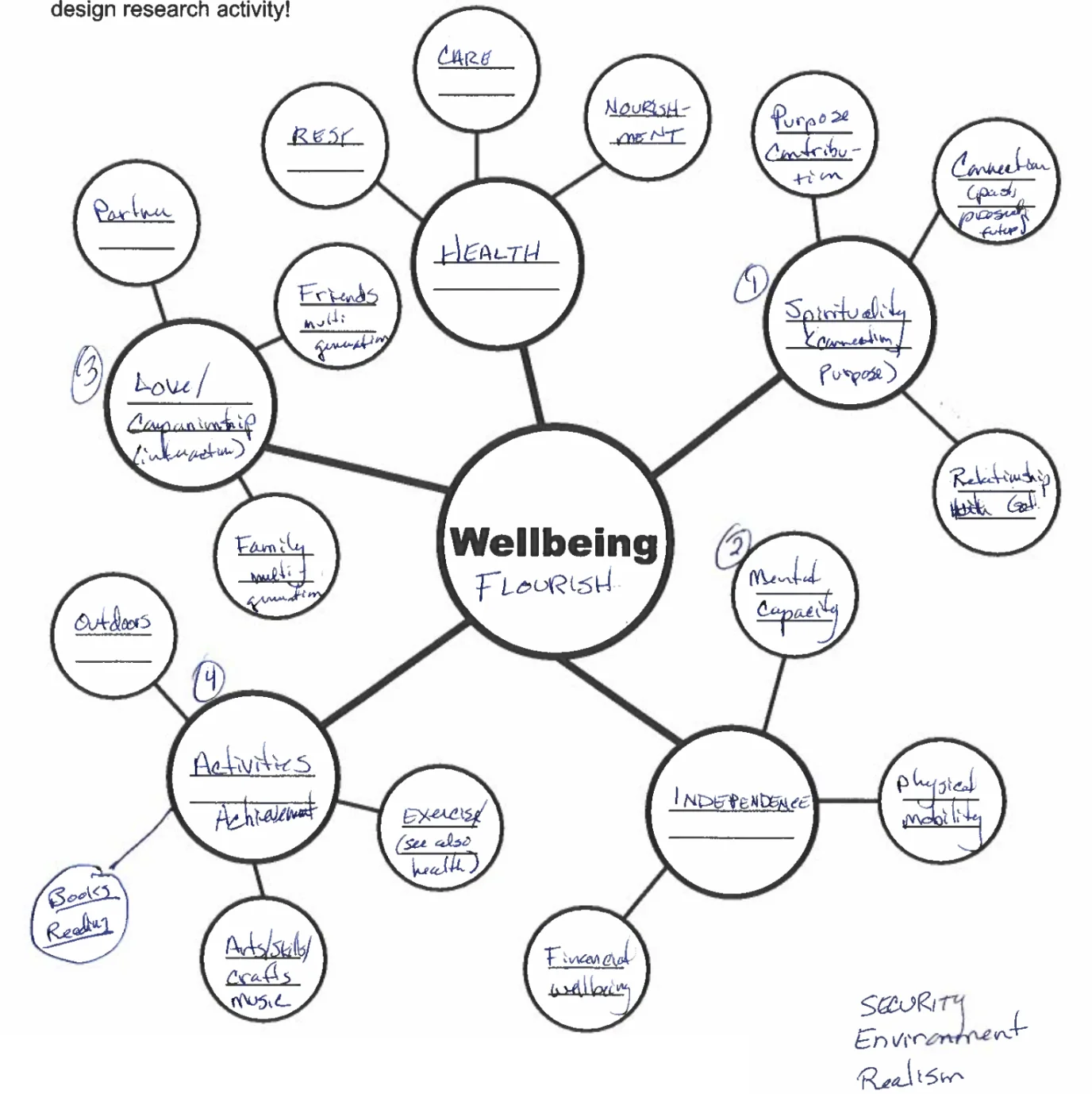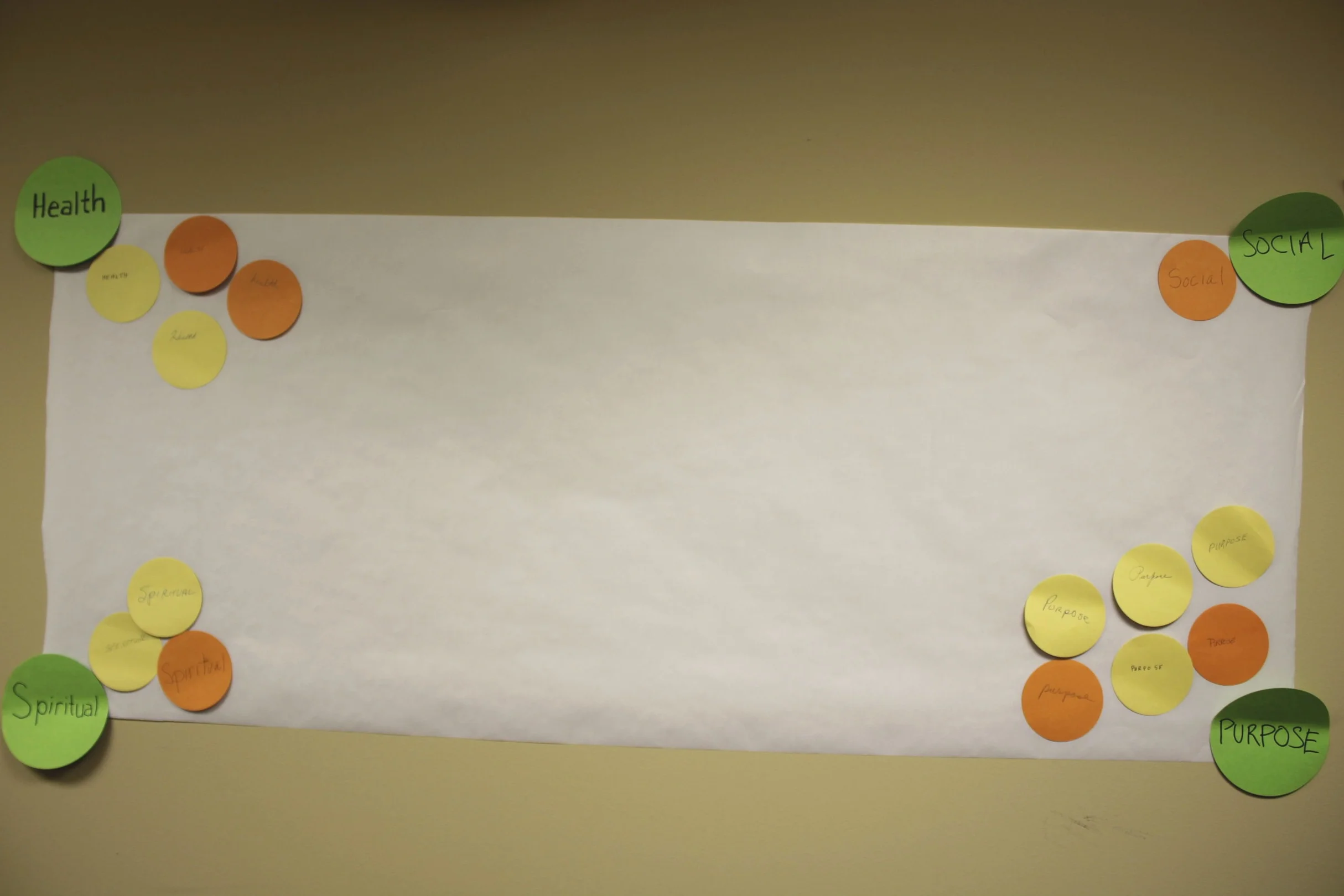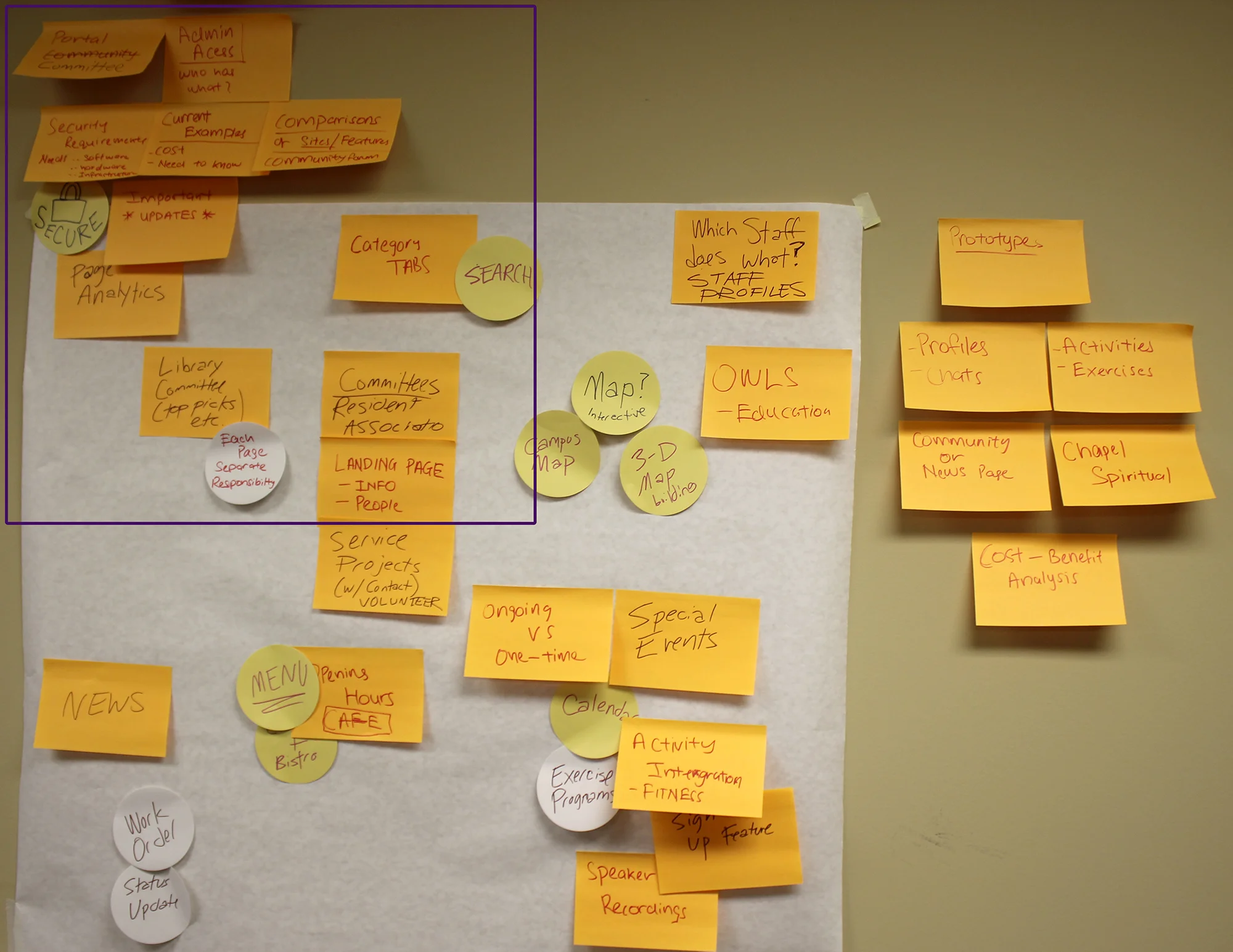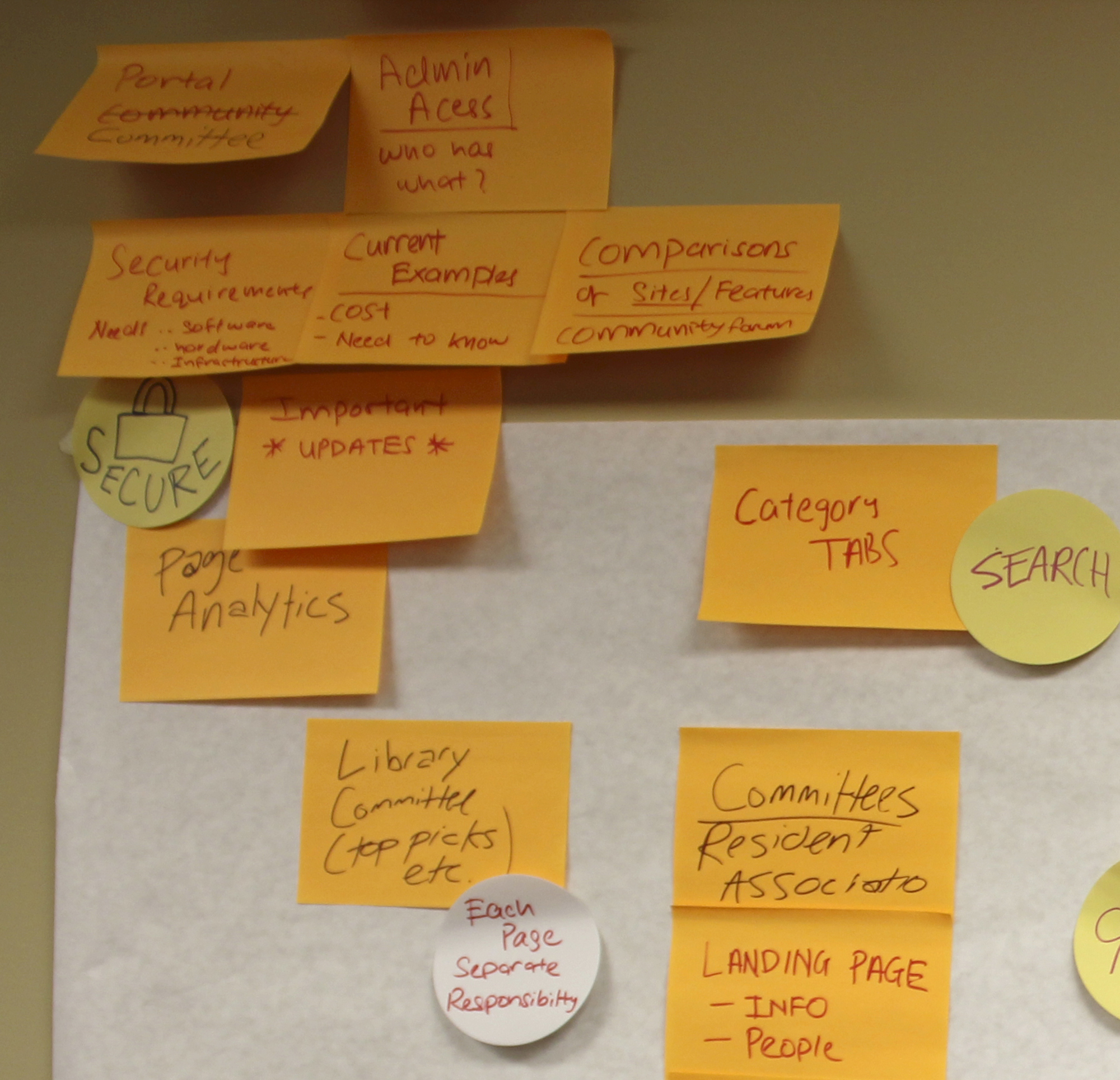Role: Researcher and project lead
Company: Lextant
Client: Kitchen appliance manufacturer
Study Type: Generative
Timeline: 5 Months, 2 Phases (1:1 Contextual Interviews, Focus Group Concept Evaluations)
Phase 1
Objective: Understand the ideal cooking and kitchen experience. The client wanted to research for future appliance product development.
Recruit: Twelve participants, 6 from Columbus, Ohio and 6 from San Francisco, CA. Mix of cooktop types (e.g., gas, electric, induction), age, gender, marital status, and household income. Participant responses were reviewed by the research team for articulation prior to being recruited. Incentives included the compensation of the meal ingredients.
Methods & Approach:
Online Homework: Describe a typical day’s meal planning, preparation and completion, including family members’ roles. Submit a description of the meal and the new ingredient(s) they will prepare during the interview.
In-home interviews (3 hours) were moderated, including a canvas activity and observation of individuals cook a meal. Kitchen space, countertops and cupboards’ interiors were video recorded.
Canvas activity (1.5 hours): Part of the interview activity was designed to gain understanding of current barriers in planning, preparing, and cooking a meal.
The first canvas activity was conducted prime the individual for the interview, beginning with identifying 3 aspiring people (image stickers were selected and adhered to the canvas or write-in personal favorites).
Barriers: identify challenges/annoyances using emotion stimuli (images and words stickers) for Deciding What to Make and Cooking A Meal.
Wishes: state desires using benefit stimuli (images and words stickers) for Deciding What to Make and Cooking A Meal.
My Dream Kitchen: Use feature stimuli words to describe features and qualities that would support this.
Identify ideal emotions from 6 defined words that apply to benefits and features. Colored dots were applied to the ideal emotion stickers.
The remaining 1.5 hours were used for cooking a meal for themselves or their family using a new recipe or ingredient(s). Their meal preparation and cooking process were observed and interview questions continued being asked during this time.
Analysis: A themesheet technique was used to analyze gathered qualitative data to discover high-patterning findings (threshold of 20% or more of participants). The application of stimuli words and image stickers were tallied for each section of the canvas activity.
Synthesis: The research team and internal stakeholders (HCD Director and VP of Insight Translation) used Mural to synthesize the findings into a story. A model was designed from this phase of the study's findings for the client to use for their own internal teams to develop future products.
Findings:
1. They would like to receive appreciation and help from family members, from planning meals through clean up (e.g., wash dishes or put in the dishwasher)
2. They want to bring the outside in whether it is views to the backyard or easy access to fresh vegetables and fruit.
3. Their kitchen is a gathering place for their family and friends, so they want it to be inviting and a reflection of their own personality.
This study’s report included the model, data insights, and metric ratings. It was given to the client to use in the development of future concepts of kitchen appliances.
